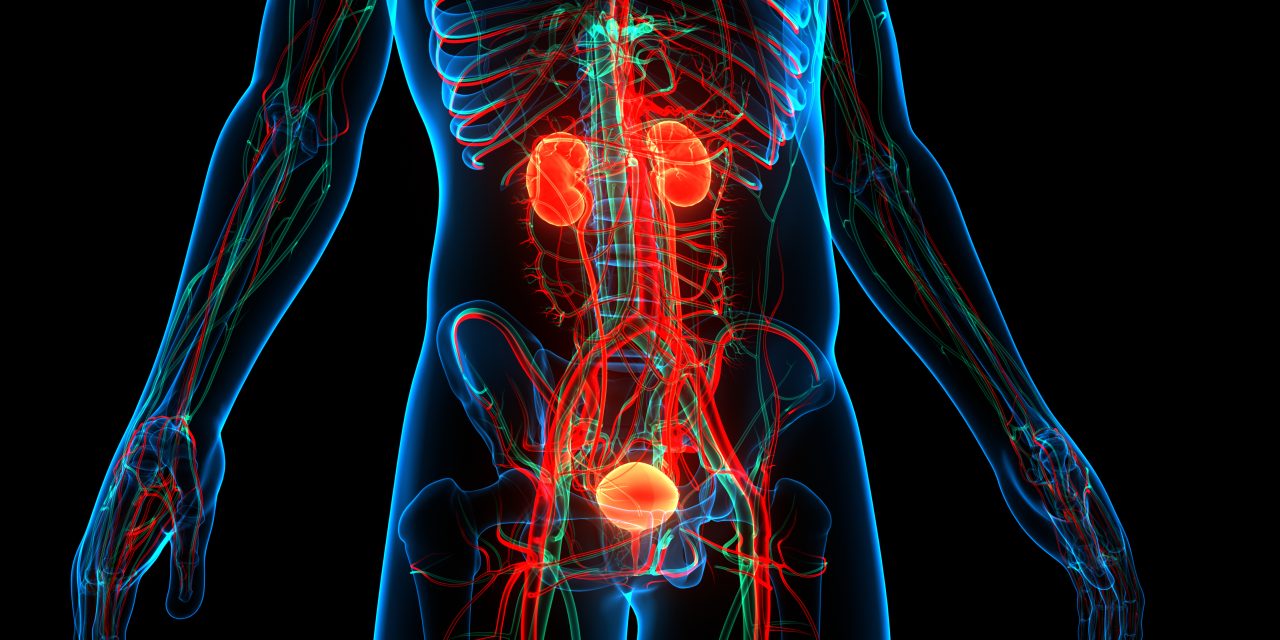In this study we set up a creature model of human innate hydronephrosis with openness of creating mice to 2,3,7,8-tetrachlorodibenzo-p-dioxin (TCDD), yet the etiopathogenesis isn’t completely clear. The current investigation was to distinguish the progressions that might be engaged with the etiology at the protein level. C57BL/6J mice embryos were treated with TCDD. Near proteomic examination was embraced to recognize the proteins related with hydronephrosis instigated by TCDD.
Two-dimensional electrophoresis show uncovered that 19 protein spots were differentially communicated in the upper urinary lot tissues in fetal mice after openness to TCDD. Lattice helped laser desorption/ionization season of-flight mass spectrometry (MALDI-TOF-MS) distinguished 12 up-directed proteins: peroxiredoxin I (Prx I), cadherin 6, gamma-actin, radixin, desmin, type II changing development factor-beta receptor, chromogranin B, serum egg whites forerunner, transferrin, theoretical protein LOC70984, lipk protein, and zinc finger protein 336. Histochemical staining showed that Prx I protein was decidedly communicated in the ureteric epithelium in the treated gathering, and not in the benchmark group, which is steady with MALDI-TOF-MS.
Prx I protein might be a potential biomarker or responsive protein of hydronephrosis in fetal mice initiated by TCDD.
Reference link- https://www.sciencedirect.com/science/article/abs/pii/S1477513113002908


